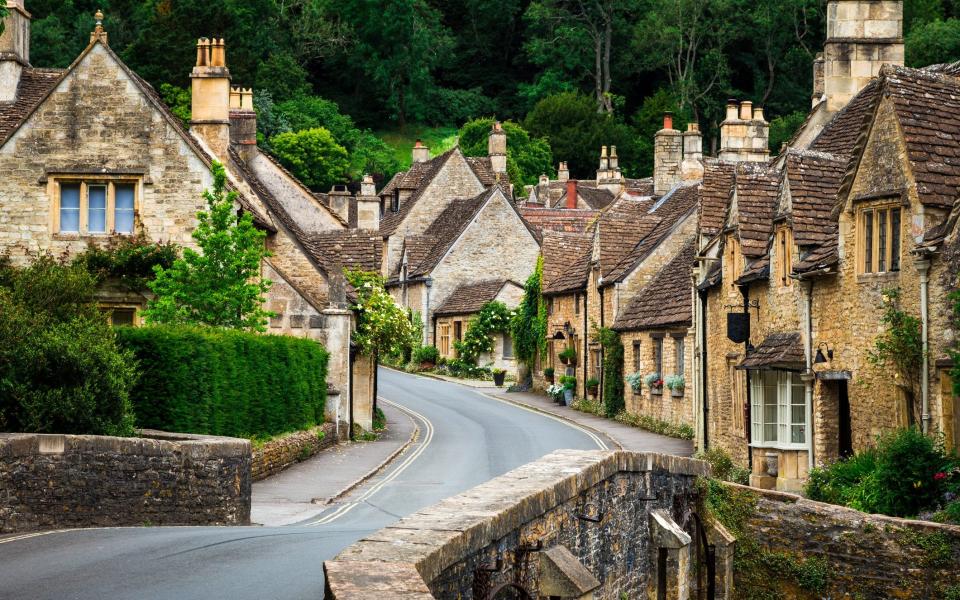Robert Jenrick's planning reforms will have a legal requirement for 'beauty'

Local authorities will be required by law to factor "beauty" into newly built homes and ensure they match the character of the area, under new obligations to be unveiled by the housing secretary.
The move is designed to empower residents over developers, giving them more control over the character of homes in their neighbourhoods, and to place a greater emphasis on environmental sustainability.
Plans have been laid out for councils to develop a local design code – an illustrated design guide that sets the standard for a given area – with input from local people.
It is understood the codes will soon become legally mandatory, with prominence placed on tree-lined streets, sustainable drainage systems and planning that encourages walking and cycling.
Ministers hope the plans will help end what is seen as the mass-produced appearance of many new-build houses and give councils stronger powers to reject developments that stray from the code, while developers may gain more confidence that the local community will support their work.
Delivering attractive buildings
Moreover, the word “beauty” will now be specifically included in planning rules for the first time since the system was created in 1947 in a bid to deliver attractive buildings that instil a sense of local pride.
Housing Secretary Robert Jenrick is expected to announce the changes after Parliament returns from its summer recess on Sep 6.
A Ministry of Housing, Communities and Local Government (MHCLG) source said the focus of the design codes would change from postcode to postcode “as new homes will need to fit in with the local vernacular”.
For example, a Cotswolds village with houses constructed from yellow Cotswold stone and thatched roofs may have a design code that stipulates all new builds in that area must be made of the same materials.

The source said: “We are determined that our planning reforms will mean the end of lazy, identikit new-builds.
“We are making design codes mandatory, meaning that there will be a legal requirement for local planning authorities to produce at least one design code for their area.
“As a result of our reforms, communities, rather than developers, will be in the driving seat, with good design a prerequisite of development, not the luxury it currently is under the failing planning system.”
A pilot scheme is currently underway that will test the National Model Design Code in up to 20 different local authorities. The ones selected will comprise a mix of urban and rural areas in both the north and south of the country.
Heavy weight will be given to consultations with local people, with residents shown mock-ups of different prospective designs and asked to choose their favourites in a bid to democratise the codes and avoid them becoming too bureaucratic and abstract.
Sir Roger Scruton's legacy
The plans build on the work of the late conservative philosopher and aesthetics expert Sir Roger Scruton, who for years campaigned for an urban environment that people could love and who co-led the advisory Building Better, Building Beautiful Commission.
Earlier this week, Mr Jenrick said homes built to new design standards can help push up house prices for people who already live there, in a riposte to local people who fight new developments.
The Government is committed to lifting the number of new homes being built every year to 300,000 by the middle of this decade.
As many as 100 Tory MPs are set to join forces with opposition MPs this autumn to fight plans in a planning White Paper to radically increase house building in large parts of England.
But Mr Jenrick said people have a “duty” to the next generation to allow more homes to be built.


